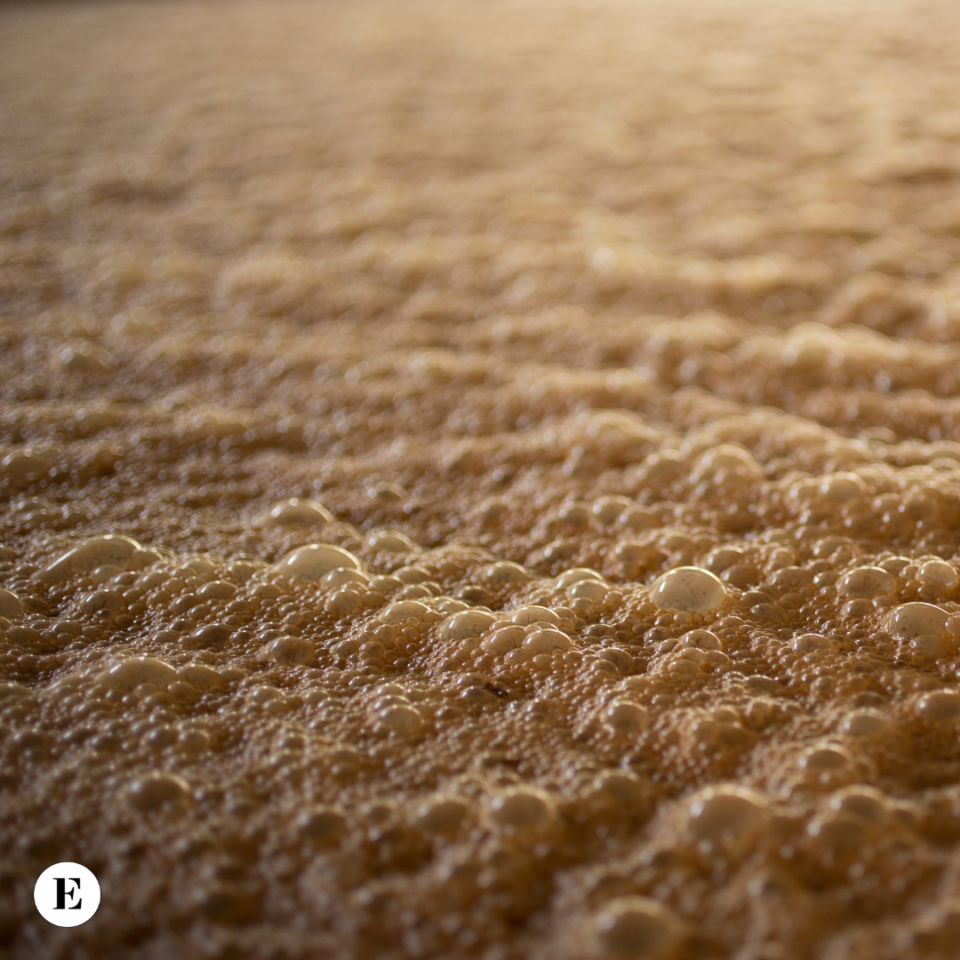Learning about wine
The Malolactic Fermentation in wine and Its Magic
The Malolactic Fermentation in wine and Its Magic. Winemaking is an art that combines science and tradition to create beverages that delight the senses. Among the many processes that characterize wine production, malolactic fermentation plays a crucial role, especially in red wines and some whites. This process transforms the character of the wine, making it softer and more complex, and occurs through the conversion of malic acid into lactic acid. Let’s explore how this fascinating process works and the importance of the acids involved.
The Role of Malic and Lactic Acid

Malic acid is a natural component of many fruits, such as apples, pears, and grapes. Its sour and tart flavor contributes to the freshness and liveliness of the wine, reminiscent of the taste of green apples. However, an excess of malic acid can make the wine too harsh on the palate, especially in red wines where a certain roundness is preferred. This is where malolactic fermentation comes into play.
During this process, lactic acid bacteria convert malic acid into lactic acid and carbon dioxide. Lactic acid has a softer and less acidic taste compared to malic acid, giving the wine a creamier and buttery quality. This transformation not only reduces the wine’s overall acidity but also enhances its aromatic complexity, introducing lactic notes that enrich the wine’s bouquet. In fact, in white wines like Chardonnay, malolactic fermentation is often used to add richness and depth to the aromatic profile.
Benefits of Malolactic Fermentation
Malolactic fermentation offers several significant benefits. Firstly, it helps stabilize the wine microbiologically, reducing the risk of unwanted fermentations that could compromise the final product’s quality. Secondly, it improves the wine’s mouthfeel, making it softer and rounder, qualities particularly appreciated in wines destined for longer aging.
The decision to subject a wine to malolactic fermentation depends on the style the producer intends to achieve. In red wines, it is almost always used to soften the tannins and balance the acidity. For white wines, the decision varies: some producers prefer to maintain the freshness and acidity of malic acid, while others choose to undergo malolactic fermentation to add complexity and softness.
In conclusion, malolactic fermentation is an essential process in winemaking that transforms the wine’s character, making it more enjoyable on the palate and increasing its complexity. Next time you taste a wine, try to perceive the creamy and buttery notes that this process can add. It might enrich your tasting experience and make you appreciate even more the wonderful art of winemaking. Cheers!





